The venerable wah pedal is one of the most distinguished guitar effects around. With the earliest examples produced in the mid-’60s, wah pedals were initially popularised by players like Jimi Hendrix and Eric Clapton – who made use of their intriguing vocal-like sounds to enhance their riffs and lead lines.
If you’re unfamiliar with how a wah pedal works, it basically acts as a filter that sweeps a pronounced peak in your guitar signal’s EQ. It’s operated via a moveable rocking plate that you can adjust with your foot, which affects the placement of the peak on the frequency spectrum. A heel-down position will deliver a nasally sound akin to a rolled-down tone control on an electric guitar. But when you push a wah pedal’s treadle forward, it will dramatically accentuate the treble frequencies.
Today, there are plenty of modern masters who use wah pedals – it certainly hasn’t gone out of style! That’s why we’ve put together an article comparing the wah pedals from two of the industry’s stalwarts – Jim Dunlop and Morley. We’ve not only described the tonal differences between their products, but have also explained their dissimilarities in terms of both their construction and how they are operated.
Dunlop Wah Pedals
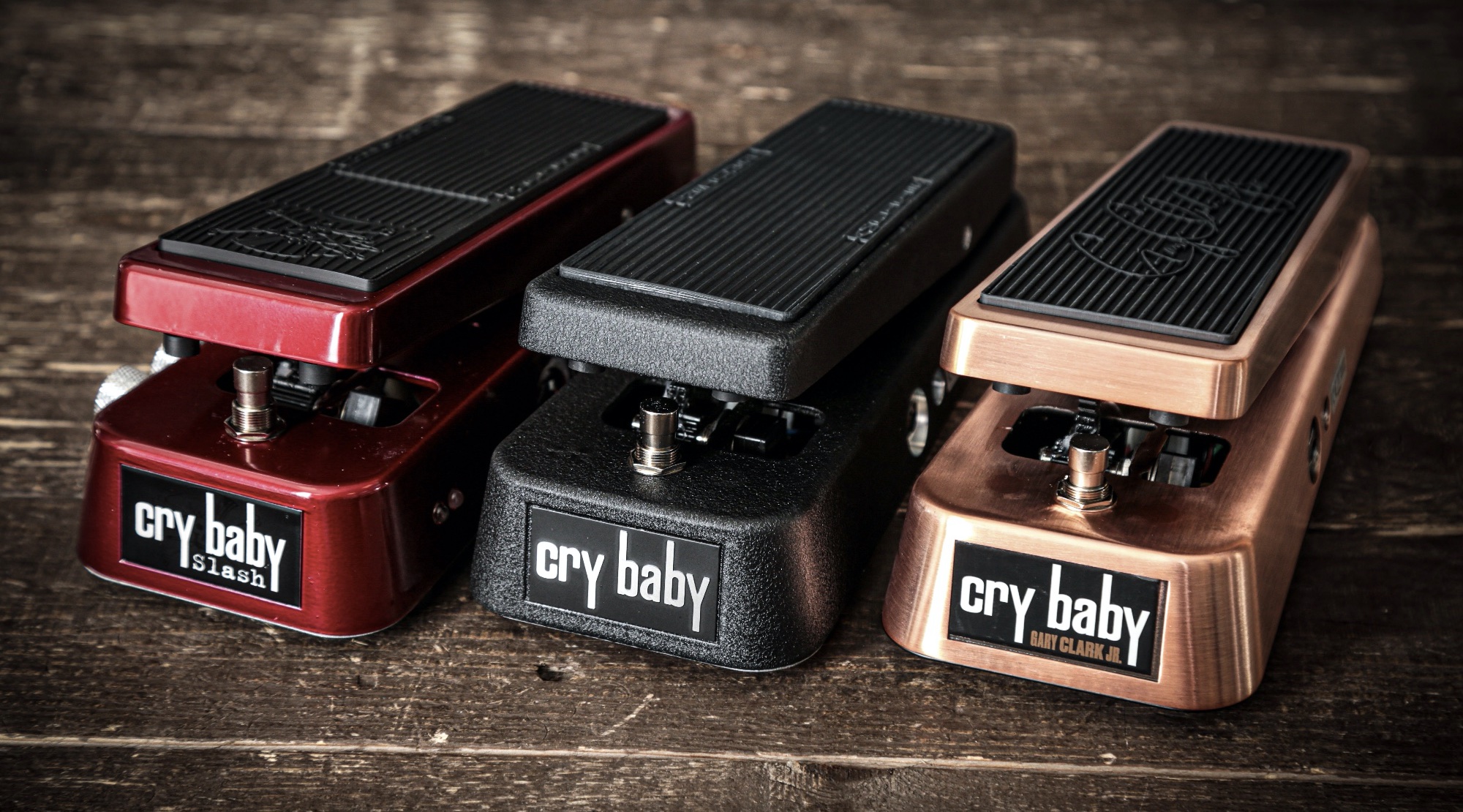
Jim Dunlop is one of the world’s biggest guitar effects manufacturers. Making its name with its ‘Cry Baby’ wah, their iconic design derived from the earliest wah pedal produced by Thomas Organ/Vox – which Dunlop later acquired and trademarked. Selling over a million Cry Baby units since 1966, it’s no surprise why Dunlop is still regarded as the industry standard when it comes to wah pedals!
Dunlop’s flagship wah is the original GCB95 Cry Baby, which remains its best-selling unit after more than 50 years in production. The basic shape of the original Cry Baby has remained largely unchanged, serving as the blueprint for many subsequent Dunlop wah pedals. Featuring a tapered treadle that follows the shape of your foot, the Cry Baby is easy to operate and its relatively slim profile makes it fairly simple to mount onto a pedalboard.
What does a Dunlop Wah Pedal sound like?
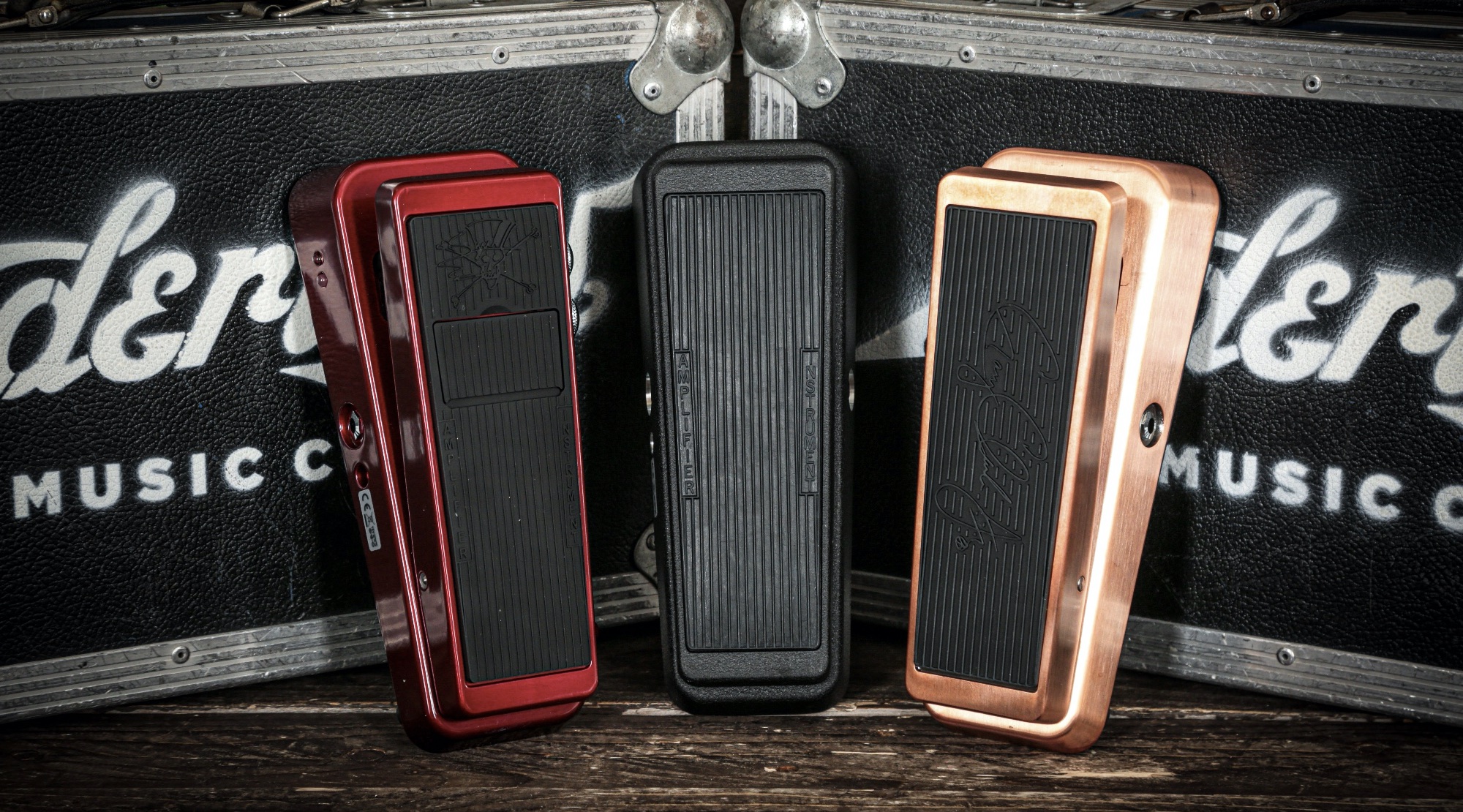
The Dunlop Cry Baby lineup is made up of several models that are voiced slightly differently, meaning that it’s somewhat difficult to define how they all sound. With a number of signature wah pedals that are tuned to meet the tonal demands of selected artists too – this makes it even harder. Notable signature Dunlop wah pedal players include Slash, Jerry Cantrell, Joe Bonamassa, John Petrucci and Gary Clark Jr.
Jim Dunlop Cry Baby wah pedals can be best described as “pokey” when it comes to their character. With plenty of top-end cut that can really boost your guitar’s top-end frequencies, it is these sonic qualities that make Cry Baby pedals so apt for playing guitar solos with. Helping you carve through almost any busy rock or metal mix, Cry Baby wah pedals are very effective when you want to get heard – with their distinctive signature scream!
However, some Cry Baby wahs can also produce “throaty” tones – meaning that their low-to-high mid-range frequencies are emphasised when their rocking plates are moved in lower positions. This is particularly evident when using a Cry Baby with a clean amp sound. It is often Dunlop wahs that feature ‘Q’ position knobs that can achieve this sound, as these dials allow you to adjust the width of their filter and, in turn, focus on the middle frequencies.



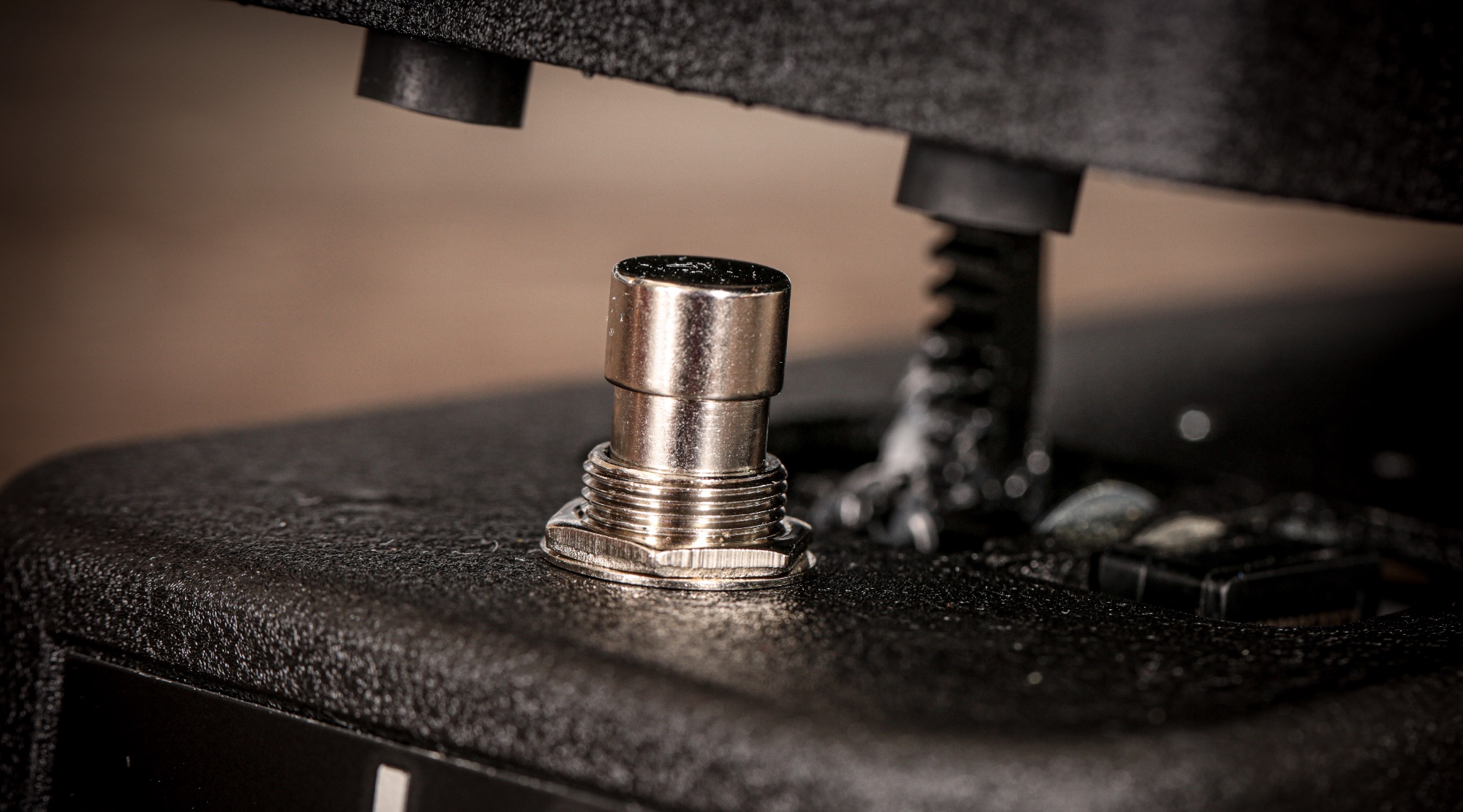

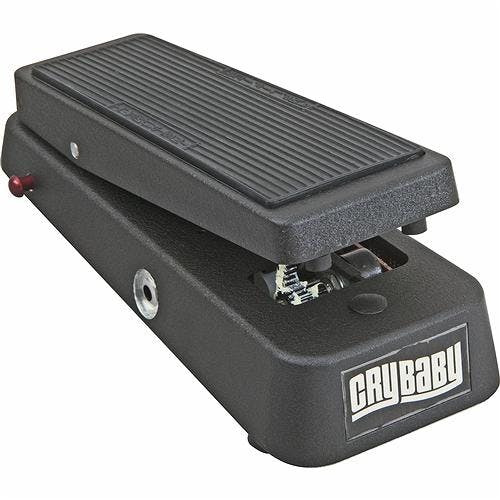
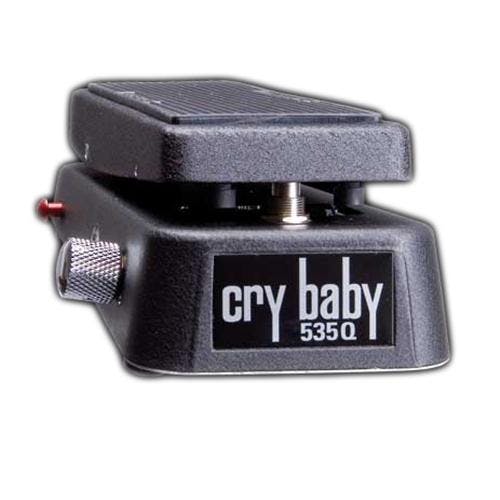
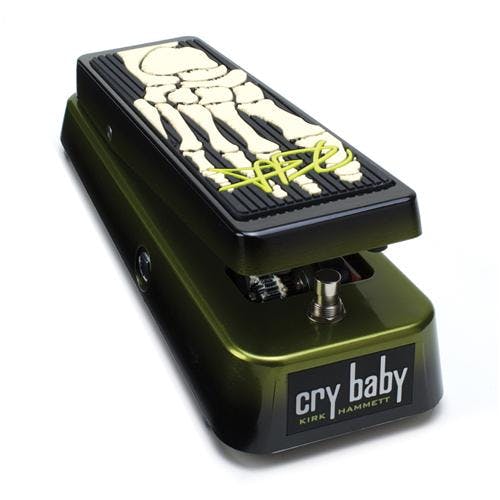


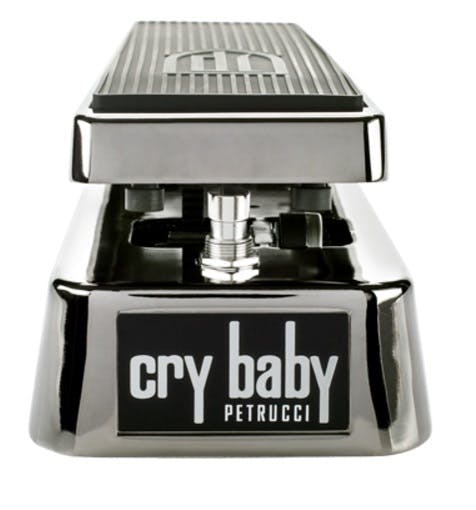
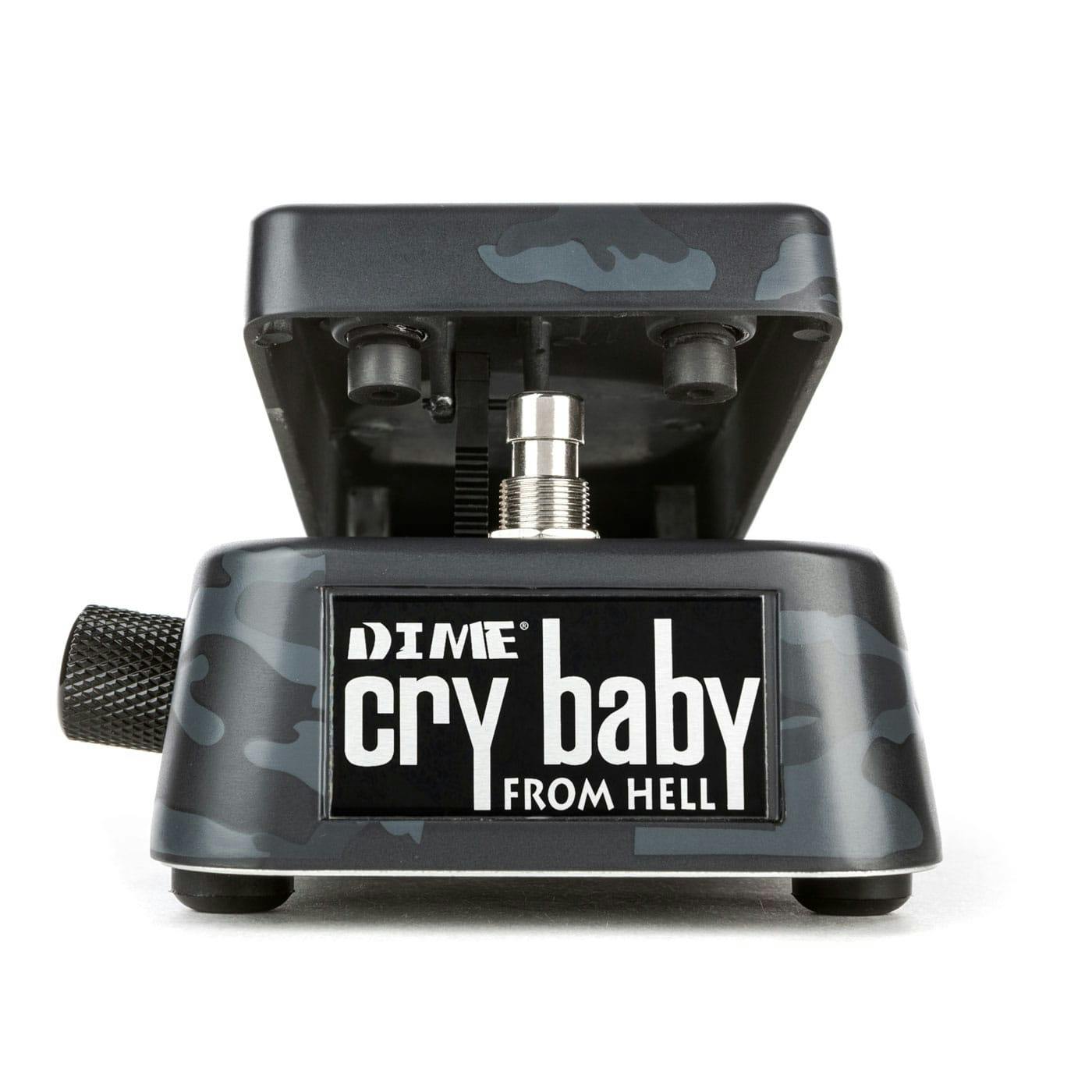

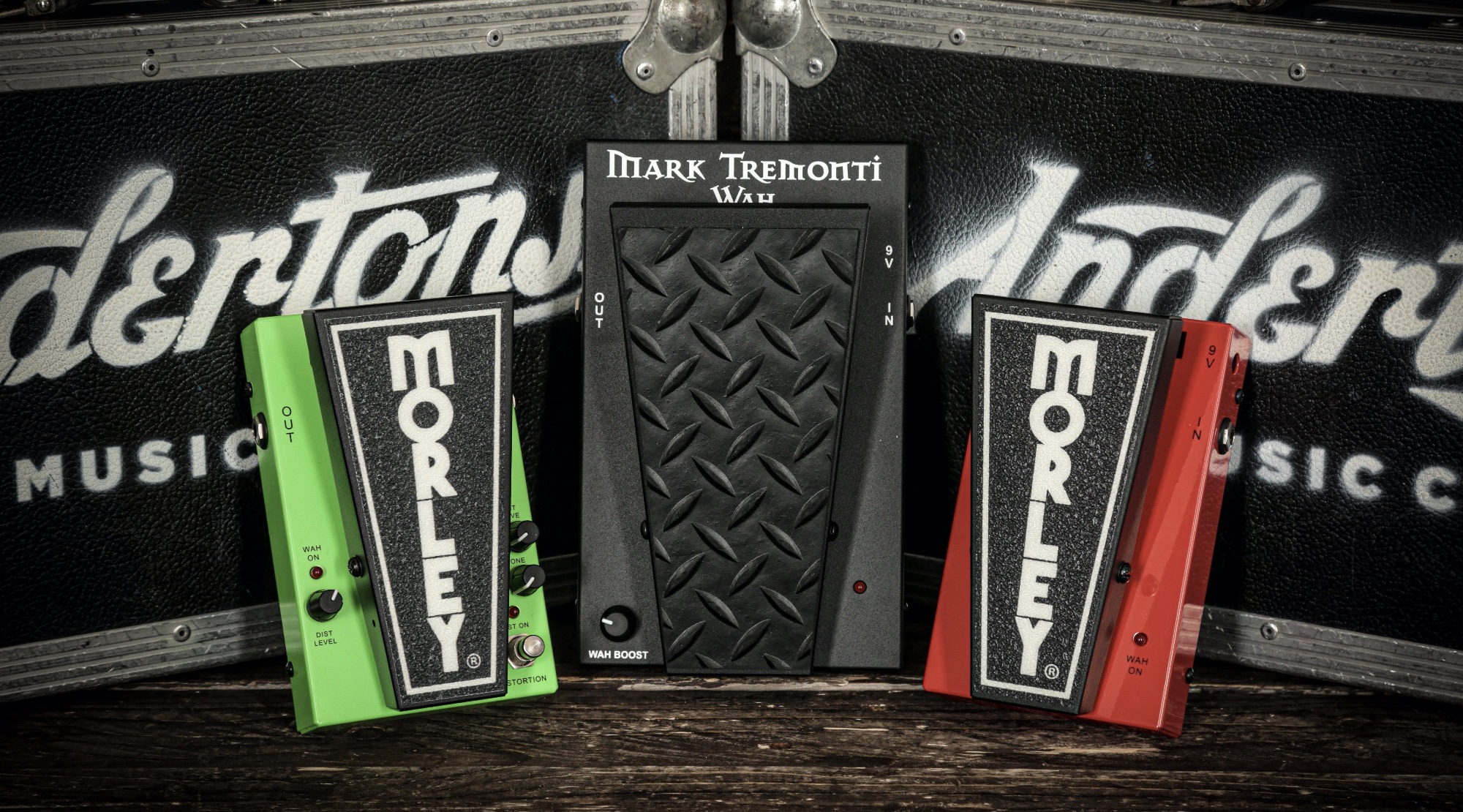


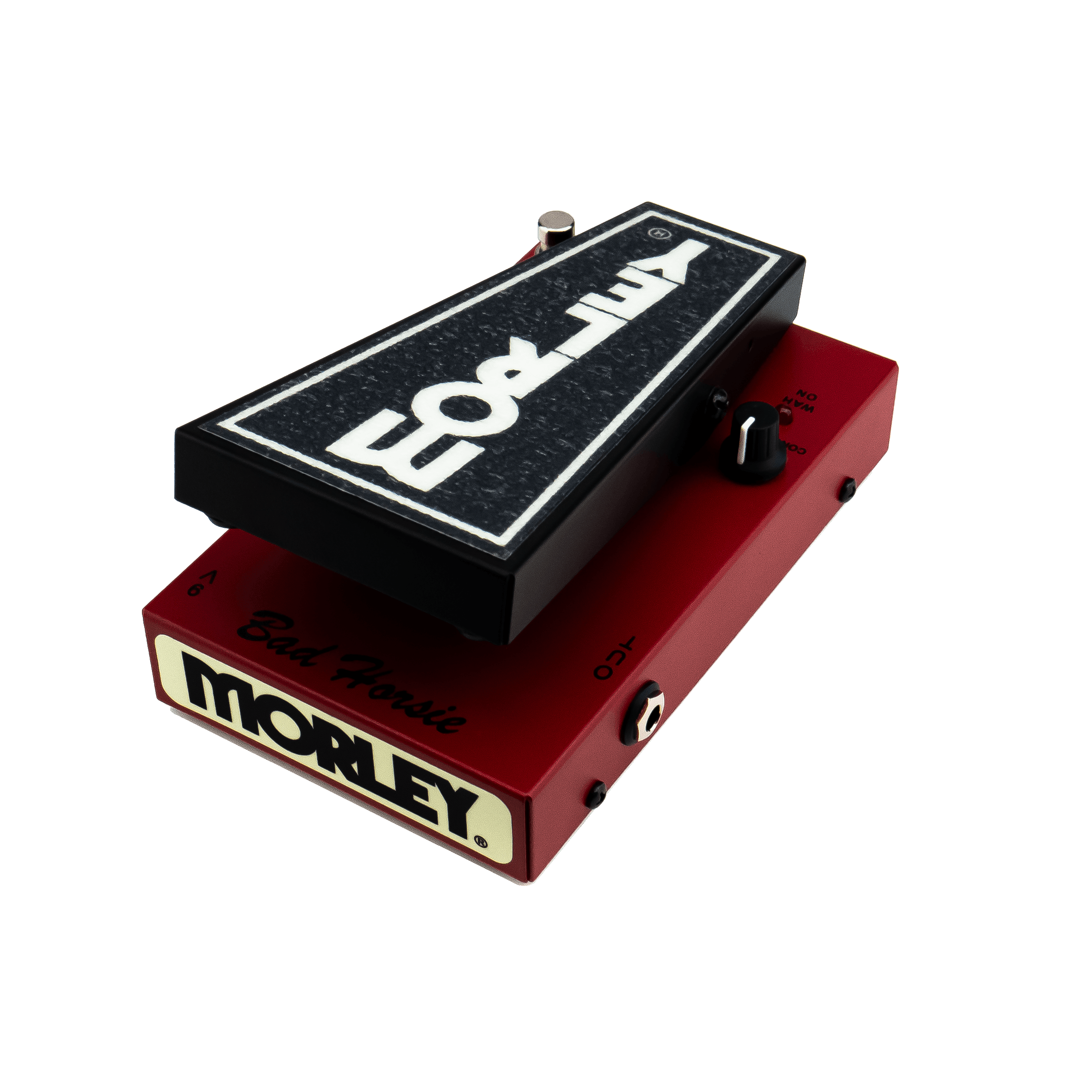
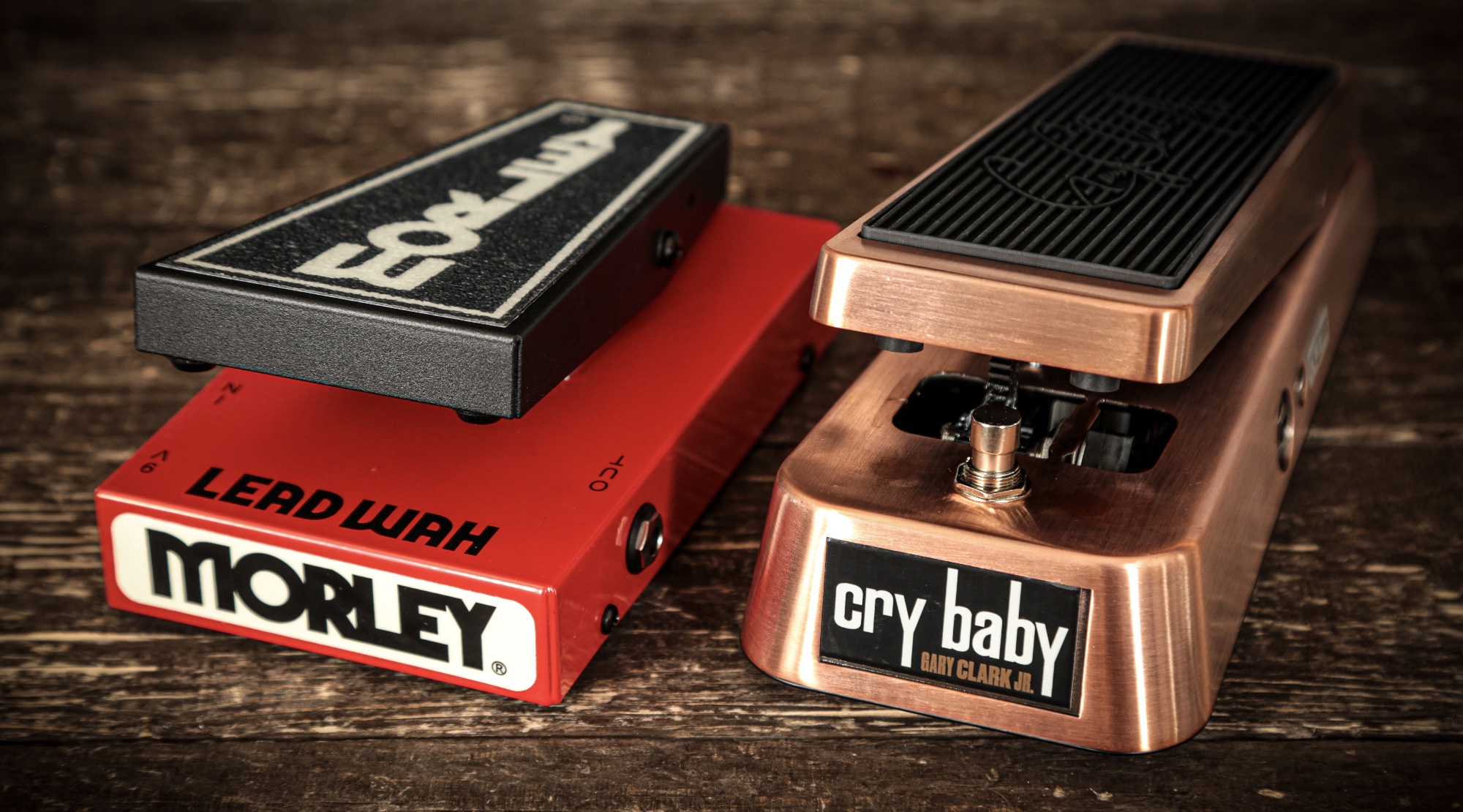
Responses & Questions